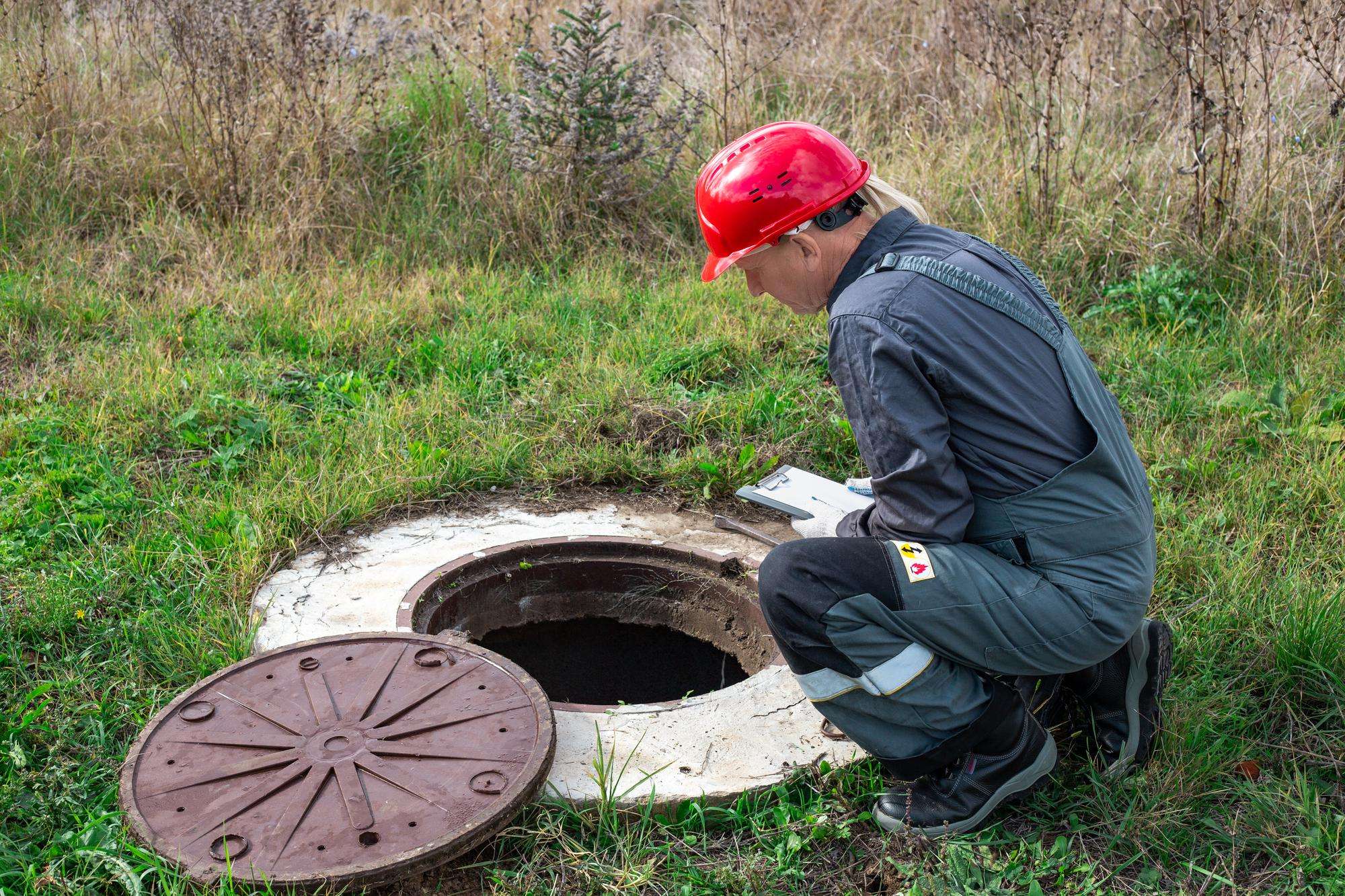The Complete Guide to Maintaining Drainage Systems Year-Round
A well-maintained drainage system is the backbone of effective water management. Whether on commercial sites, residential developments, or public spaces, drainage protects properties from flooding, prevents waterlogging, and ensures compliance with environmental regulations. Yet, many landowners and site managers overlook the importance of ongoing maintenance until problems arise.
In the UK, with its unpredictable weather patterns and heavy seasonal rainfall, drainage systems face constant pressure. Regular inspection and upkeep are essential to keep them working efficiently throughout the year. In this article, we’ll explore why drainage maintenance matters, common challenges faced, seasonal strategies to stay ahead of issues, and practical solutions that help avoid costly repairs.
Why Drainage Maintenance Matters
Ignoring drainage systems can lead to serious consequences. Standing water is not only inconvenient; it creates safety hazards, damages hard surfaces, erodes soil, and undermines foundations. According to industry insights, blocked or neglected drains are one of the leading causes of localised flooding in urban areas.
Key reasons to prioritise year-round maintenance include:
✔️ Flood Prevention – Reduces the risk of surface flooding and waterlogging.
✔️ Cost Efficiency – Prevents expensive repairs caused by long-term neglect.
✔️ Health & Safety – Avoids slip hazards and stagnant water issues.
✔️ Environmental Protection – Helps meet SuDS (Sustainable Drainage Systems) compliance.
✔️ Asset Longevity – Extends the lifespan of hard landscaping and surrounding structures.
Common Drainage Challenges in the UK
Drainage systems are exposed to constant wear and seasonal pressures. The most frequent issues include:
| Problem | Cause | Impact |
|---|---|---|
| Blockages | Leaves, debris, silt build-up | Local flooding, standing water |
| Structural damage | Cracks, displacement, root ingress | Reduced flow capacity |
| Poor maintenance | Lack of inspection | Costly reactive repairs |
| Winter weather | Freeze-thaw cycles | Pipe fractures, surface cracking |
| Heavy rainfall | Sudden downpours | Overloaded systems, overflow |
Seasonal Drainage Maintenance Strategies
🍂 Autumn: Leaf and Debris Management
Autumn is the season when falling leaves and organic matter pose the greatest risk to drainage systems. Without timely clearance, gullies, channels, and soakaways quickly clog.
- Schedule regular leaf clearance around drains.
- Install drain guards to capture debris.
- Inspect channels weekly during peak leaf fall.
❄️ Winter: Preventing Freeze Damage
Freezing conditions can cause water in pipes to expand, leading to cracks and costly repairs.
- Insulate vulnerable pipework.
- Keep grates and covers clear to allow water flow.
- Check for pooling water that may freeze into hazardous ice patches.
🌱 Spring: Inspections and Repairs
Spring is the ideal time to assess any damage caused during winter and prepare systems for heavier summer rains.
- Carry out CCTV drain surveys if blockages are suspected.
- Repair any cracked or displaced channels.
- Flush through gullies to remove silt build-up.
🌦 Summer: Preparing for Sudden Storms
Summer often brings sudden downpours, especially in urban environments.
- Ensure attenuation systems and soakaways are functioning.
- Remove any invasive weeds near drainage infrastructure.
- Carry out capacity checks on SuDS features such as swales and ponds.
Practical Tips for Effective Drainage Maintenance
🔧 Regular Cleaning – Keep gullies, drains, and manholes free of obstructions.
🔎 Routine Inspections – A quarterly inspection can prevent most long-term issues.
🌊 Water Testing – Check flow rates during heavy rain to ensure systems cope.
🌱 Vegetation Control – Manage roots and plants that can damage drainage structures.
📋 Maintenance Logs – Keep records of inspections and repairs to track performance.
Frequently Asked Questions
How often should drainage systems be inspected?
For commercial or public sites, inspections should be carried out at least four times per year, aligned with the seasons. Residential properties may require bi-annual checks.
What are the signs of a failing drainage system?
Slow-draining surfaces, pooling water, foul odours, or visible cracks in hard landscaping all indicate problems that need urgent attention.
Do Sustainable Drainage Systems (SuDS) require more maintenance?
Not necessarily. While SuDS features such as swales, permeable paving, and attenuation ponds require care, they are designed for long-term resilience and often reduce maintenance when properly managed. Learn more about drainage and SuDS solutions.
Can poor maintenance affect insurance claims?
Yes. Many insurers expect evidence of regular maintenance. Neglecting drainage can impact liability in the event of flood-related claims.
Benefits of Professional Drainage Maintenance
While minor tasks like leaf clearance can be managed in-house, professional contractors bring expertise and specialist equipment that guarantees long-term reliability.
| Benefit | Why It Matters |
|---|---|
| Specialist equipment | Jetting and CCTV surveys identify hidden issues |
| Compliance | Meets legal and environmental standards |
| Efficiency | Saves time and reduces reactive costs |
| Expertise | Professional diagnosis prevents future problems |
Conclusion
Maintaining drainage systems year-round is essential for protecting property, people, and the environment. By following a seasonal maintenance plan, monitoring performance, and carrying out proactive inspections, site owners can prevent costly problems and ensure compliance with modern water management standards.
Investing in regular drainage care isn’t just about avoiding flooding—it’s about creating safer, more resilient environments for the future.
Killingley Insights is the editorial voice of NT Killingley Ltd, drawing on decades of experience in landscaping, environmental enhancements, and civil engineering projects across the UK.








